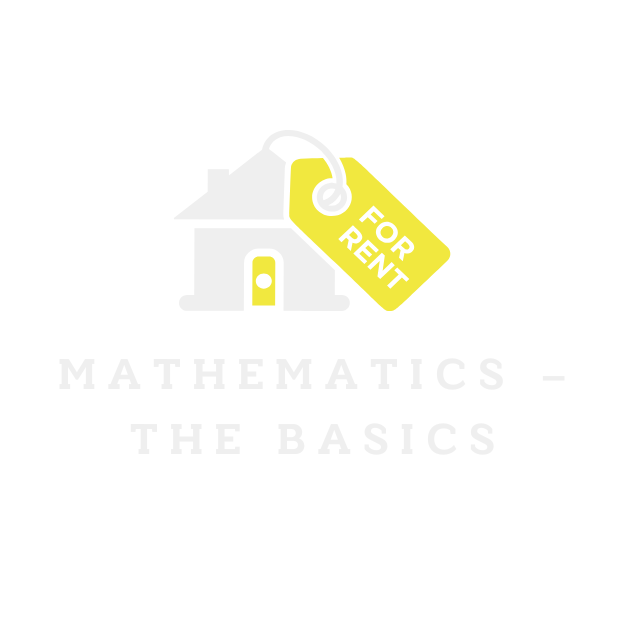Buying your first home can feel like trying to find a unicorn in a crowded mall—exciting yet daunting. With prices soaring and budgets tightening, many wonder if homeownership is even possible. But fear not! With the right strategies and a sprinkle of determination, that dream home can become a reality without breaking the bank or resorting to living in a cardboard box.
Table of Contents
ToggleUnderstanding Affording Your First Home
Affording your first home requires careful planning and budgeting. Start by assessing your financial status, including income, savings, and expenses. Create a detailed budget that factors in potential mortgage payments, property taxes, and maintenance costs.
Consider different financing options such as conventional loans, FHA loans, or USDA loans. Researching loan types helps identify the best fit based on individual circumstances. Evaluate the interest rates offered by lenders, as even a slight variation can impact overall costs significantly.
Saving for a down payment is crucial. Most lenders require 3% to 20% of the home’s price upfront. Leverage savings accounts or explore down payment assistance programs available in the community. A well-structured savings plan can accumulate necessary funds over time.
Don’t overlook the importance of a pre-approval process. Obtaining a pre-approval gives insight into borrowing capabilities and strengthens offers when negotiating. Engaging a real estate agent who understands local market conditions may offer significant advantages in finding homes within a budget.
Explore additional costs beyond the mortgage, such as homeowners insurance and closing fees. Set aside a buffer for unexpected repairs or renovations. Be mindful of lifestyle choices that could affect financial flexibility after purchasing a home.
Utilizing online calculators to estimate monthly payments can clarify affordability limits. Each calculation reflects the impact of different down payments and interest rates on monthly obligations. The goal remains achieving homeownership without stretching finances beyond comfort.
Assessing Your Financial Situation

Understanding one’s financial situation is crucial before purchasing a first home. This assessment should encompass income, expenses, and creditworthiness.
Income and Expenses
Evaluate monthly income from all sources. Include salaries, bonuses, and any side hustles. Next, track monthly expenses to establish a clear picture. Categorizing expenditures helps identify potential savings. For example, consider mortgage payments, property taxes, and maintenance costs. Budget for these essential expenses alongside discretionary spending like entertainment and dining out. Financial stability may result from recognizing unnecessary expenses and prioritizing savings. Aim to allocate at least 20% of monthly income towards down payment savings or future mortgage payments.
Credit Score Importance
Keep an eye on credit scores when planning for homeownership. Lenders use credit scores to determine eligibility and interest rates. A higher score generally leads to better loan terms. For instance, scores above 740 can yield favorable rates, potentially saving thousands over the loan’s duration. Obtain a copy of the credit report to rectify any errors and ensure accuracy. Consistently paying bills on time and reducing debt also helps improve scores. Regular monitoring allows for proactive adjustments in financial habits to enhance creditworthiness.
Budgeting for Your Home
Effective budgeting plays a critical role in affording a first home. Careful planning and attention to finances lead to successful homeownership.
Saving for a Down Payment
Saving for a down payment is often the most daunting aspect of buying a home. A down payment typically ranges from 3% to 20% of the home’s price. Setting a specific savings goal can help focus efforts. Utilizing high-yield savings accounts or down payment assistance programs can provide additional support. They enable buyers to reach their savings targets quicker. Making regular contributions to this fund creates a solid foundation. Buyers might consider adjusting their budgets to prioritize these savings. Allocating any bonuses or tax refunds toward this goal can accelerate progress.
Calculating Monthly Payments
Calculating monthly payments is essential for understanding home affordability. Monthly mortgage payments include principal, interest, property taxes, and homeowners insurance. Using an online mortgage calculator helps estimate these costs accurately. It provides a clearer picture of financial obligations. Evaluating different interest rates aids in selecting the best financing option. Interest rates vary between conventional, FHA, and USDA loans. Prioritizing a budget for additional costs, such as maintenance and unforeseen repairs, ensures financial stability. Finally, transparent calculations prevent buyers from overcommitting their finances.
Exploring Financing Options
Exploring financing options is crucial in navigating the home-buying journey. Various mortgage types cater to different financial situations and goals.
Mortgage Types
Conventional mortgages typically require a 20% down payment but may allow lower percentages based on creditworthiness. FHA loans allow first-time buyers to put down as little as 3.5%, making them appealing to those with limited savings. USDA loans offer no down payment for eligible rural buyers, providing access to homeownership in less populated areas. VA loans serve veterans and active military members, often featuring favorable rates and no down payment requirements. Understanding these options enables potential homeowners to select the most suitable financing solution.
Government Assistance Programs
Numerous government assistance programs exist to support first-time homebuyers. Housing finance agencies often provide down payment assistance, helping buyers cover initial costs. The HomeReady program, offered by Fannie Mae, targets low-to-moderate income buyers by allowing lower down payments and flexible credit requirements. The Good Neighbor Next Door initiative benefits teachers, law enforcement officers, firefighters, and EMTs by offering substantial discounts on homes in revitalization areas. Exploring these programs helps homebuyers minimize upfront expenses while achieving their goal of homeownership.
Choosing the Right Location
Selecting the right location influences the home-buying experience significantly. Factors such as commute times and local amenities play a crucial role. Consider proximity to work, schools, and healthcare facilities when assessing neighborhoods. Safety and crime rates should also factor into the decision-making process, affecting overall quality of life.
Examining local market trends helps gauge property values. Investigate historical price changes to understand potential future appreciation. Communities with ongoing developments often offer promising investment opportunities. They can indicate a growing neighborhood that may increase in value over time.
Affordability impacts location choices as well. Balancing home price with budget constraints is vital. Urban areas might attract higher prices while suburban or rural locations offer more affordable options. Identify areas that provide amenities or infrastructure that align with personal lifestyle preferences.
Public transportation options can enhance convenience. Access to transit systems allows easier commuting, adding value to properties in those areas. Schools also impact property values, especially for families with children. Research school districts to ensure they meet educational needs and expectations.
Always visit potential neighborhoods at different times of day. This practice helps assess noise levels and traffic conditions. Engaging with local community members provides insight into the neighborhood climate and culture. With all these considerations, choosing the right location can determine the long-term satisfaction with a first home.
Affording a first home is a journey filled with challenges and opportunities. With the right strategies in place and a commitment to financial discipline, homeownership is within reach. By carefully assessing financial situations and exploring various financing options, prospective buyers can navigate the complexities of the housing market.
Setting specific savings goals and understanding the total cost of homeownership can lead to informed decisions. Engaging with knowledgeable real estate agents and utilizing available assistance programs can further ease the process. Ultimately, a well-planned approach ensures that the dream of owning a home becomes a reality without compromising financial stability.


